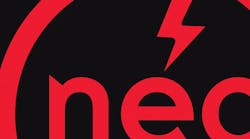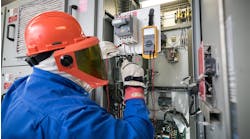You’ve probably heard someone talk about the NEC’s voltage drop requirement. One problem — the NEC does not have such a requirement (except for sensitive equipment, Art. 647). What people are referring to when they cite the "requirement" is one of two Informational Notes. These follow Sec. 210.19(A) and Sec. 310.15(A).
They aren’t requirements. They are “explanatory material.” You can see a full explanation in Sec. 90.5. There, you’ll also find the definitions of mandatory rules, permissive rules, and Informative Annexes. In short:
- Mandatory rules identify actions that must be taken or that are prohibited. When you see “shall” or “shall not,” you are looking at one of these rules.
- Permissive rules identify actions that are allowed but not required. To spot them, just look for “shall be permitted” or “shall not be required.”
- Explanatory material is visually set apart from the Code requirements. For example, Informational Notes have a different font and are left-indented. And where you see brackets containing a reference to another document, that reference is for information purposes only.
- The Informative Annexes at the back of the NEC contain non-mandatory information of the “must read” variety. You’re not actually required to read these, but if you want a high level of Code competence you won’t pass up the opportunity. Time spent poring over these is time well spent.




